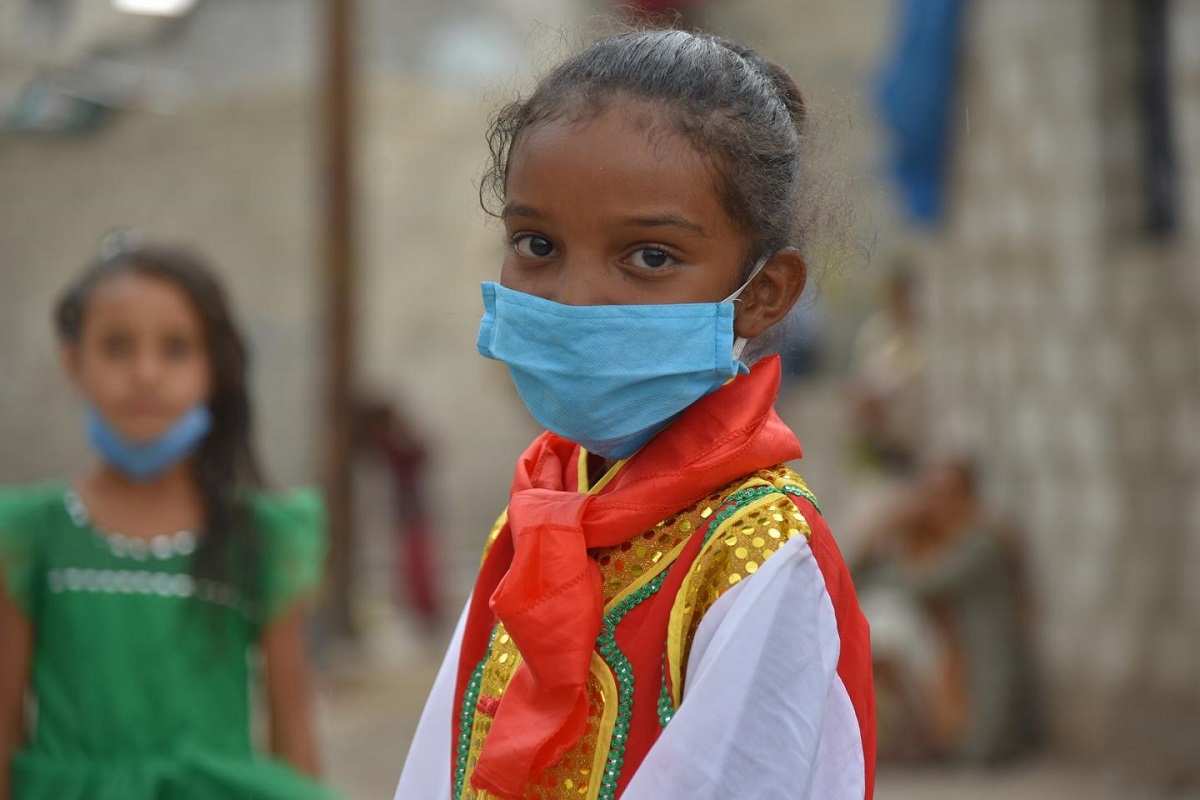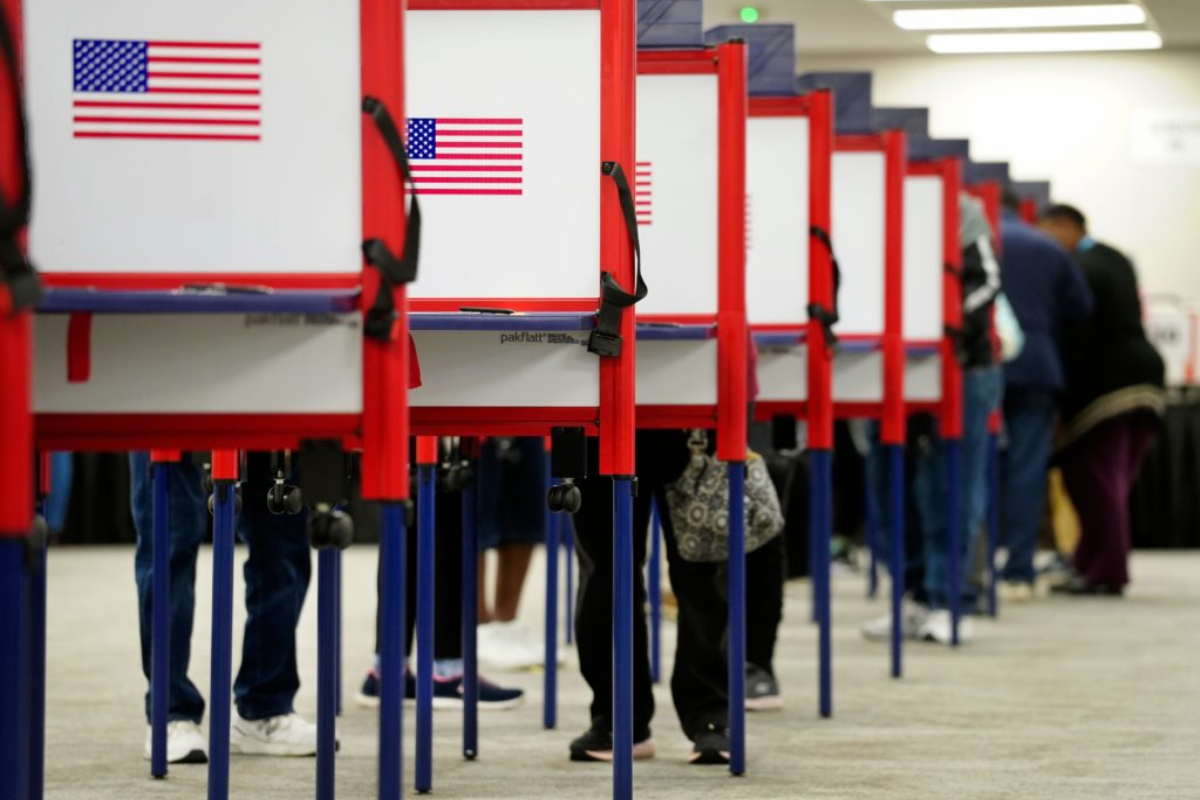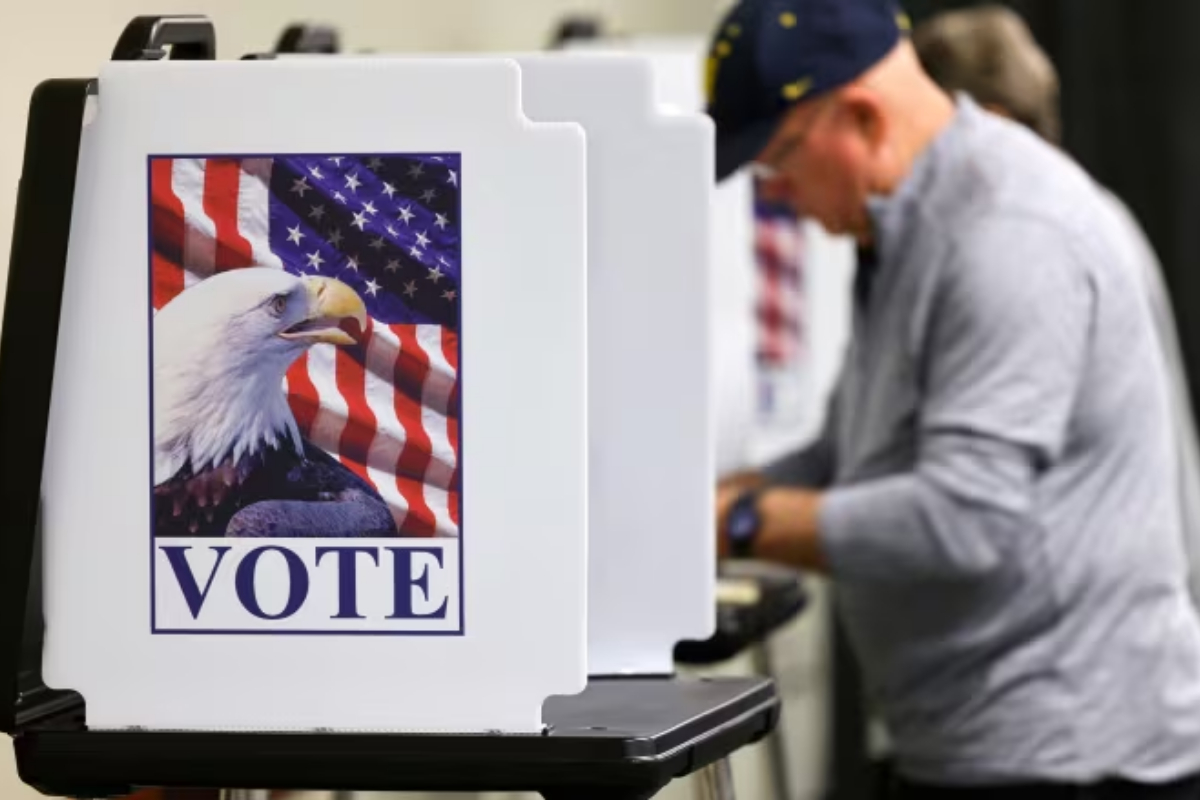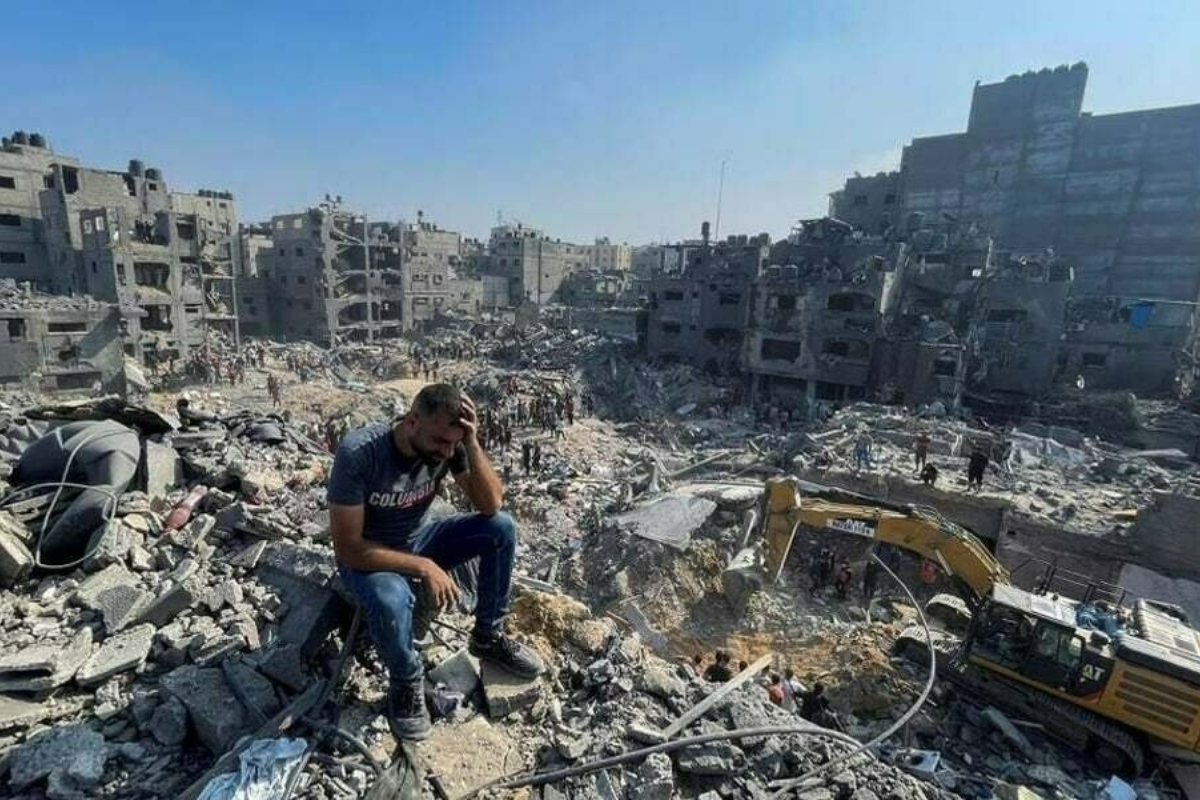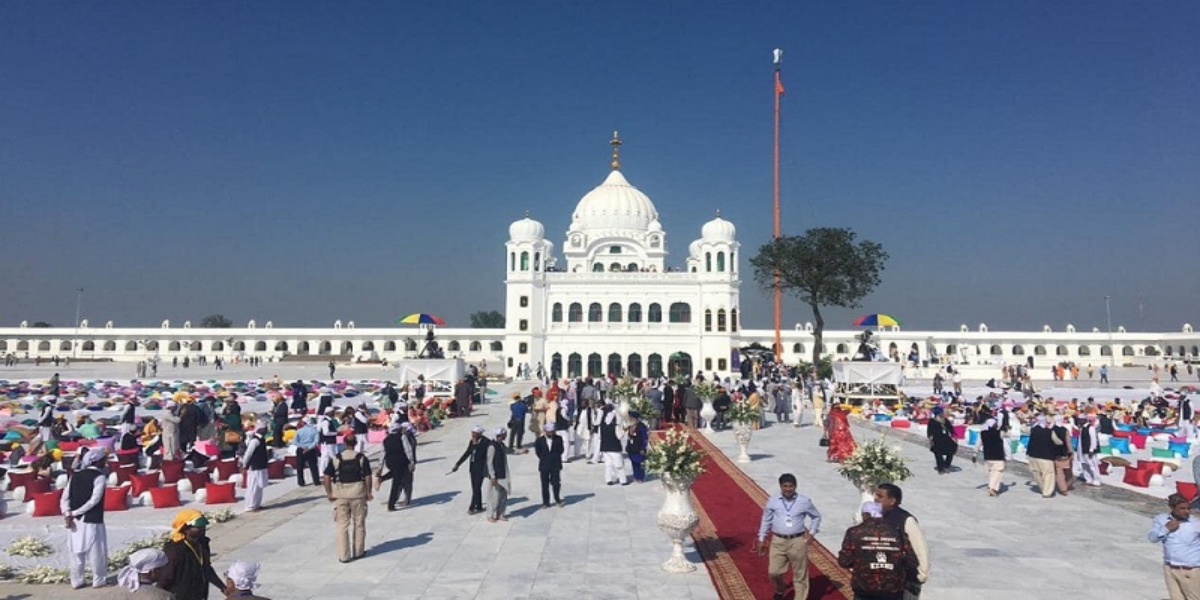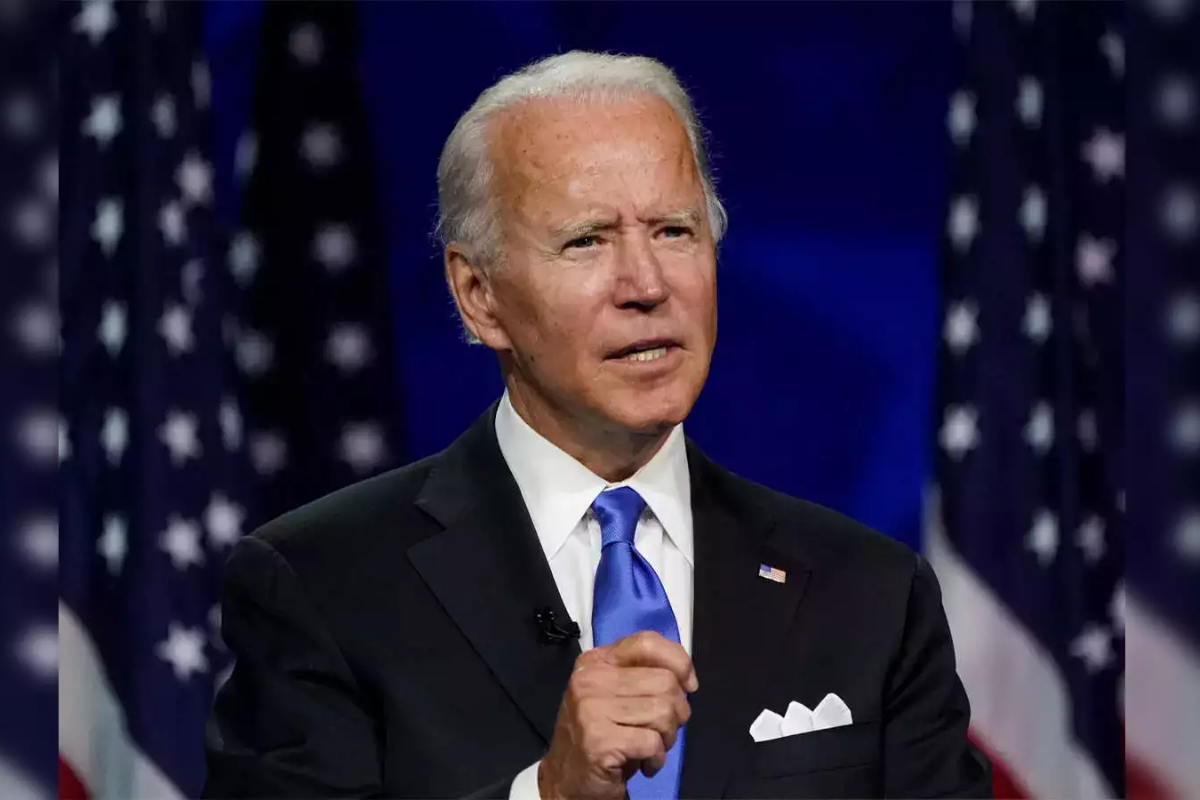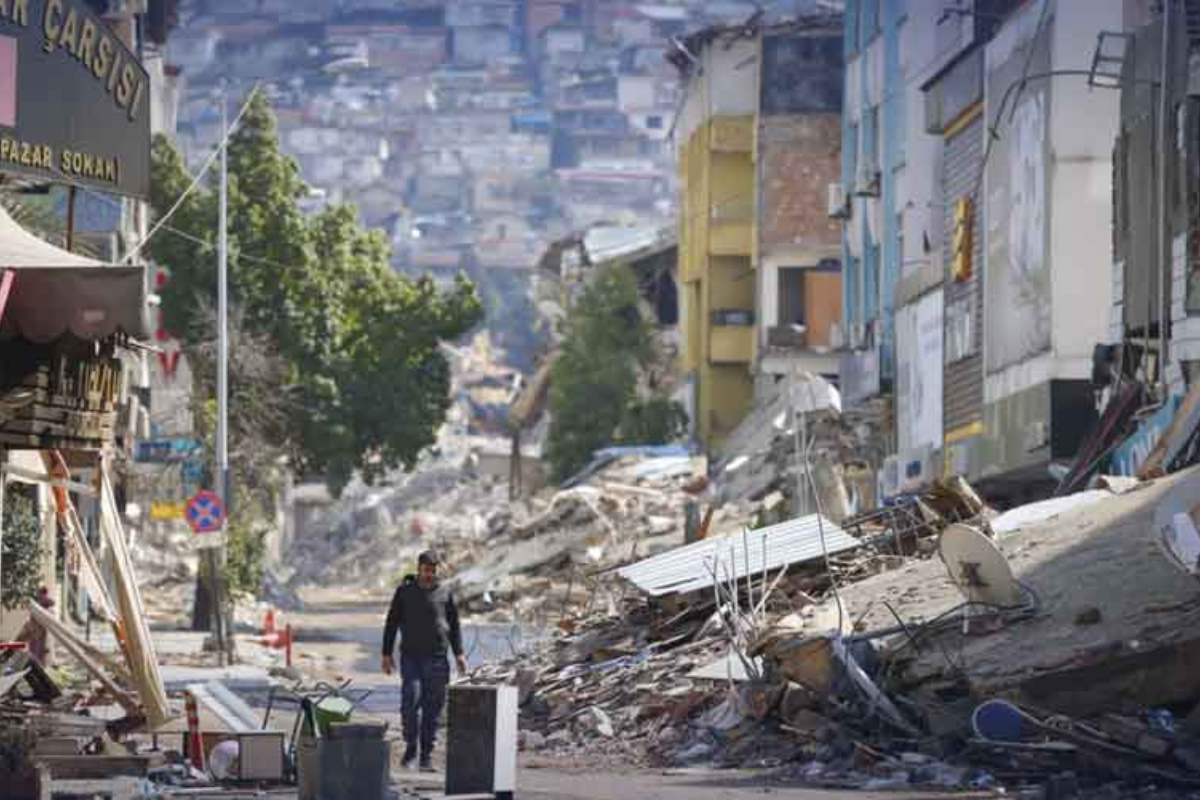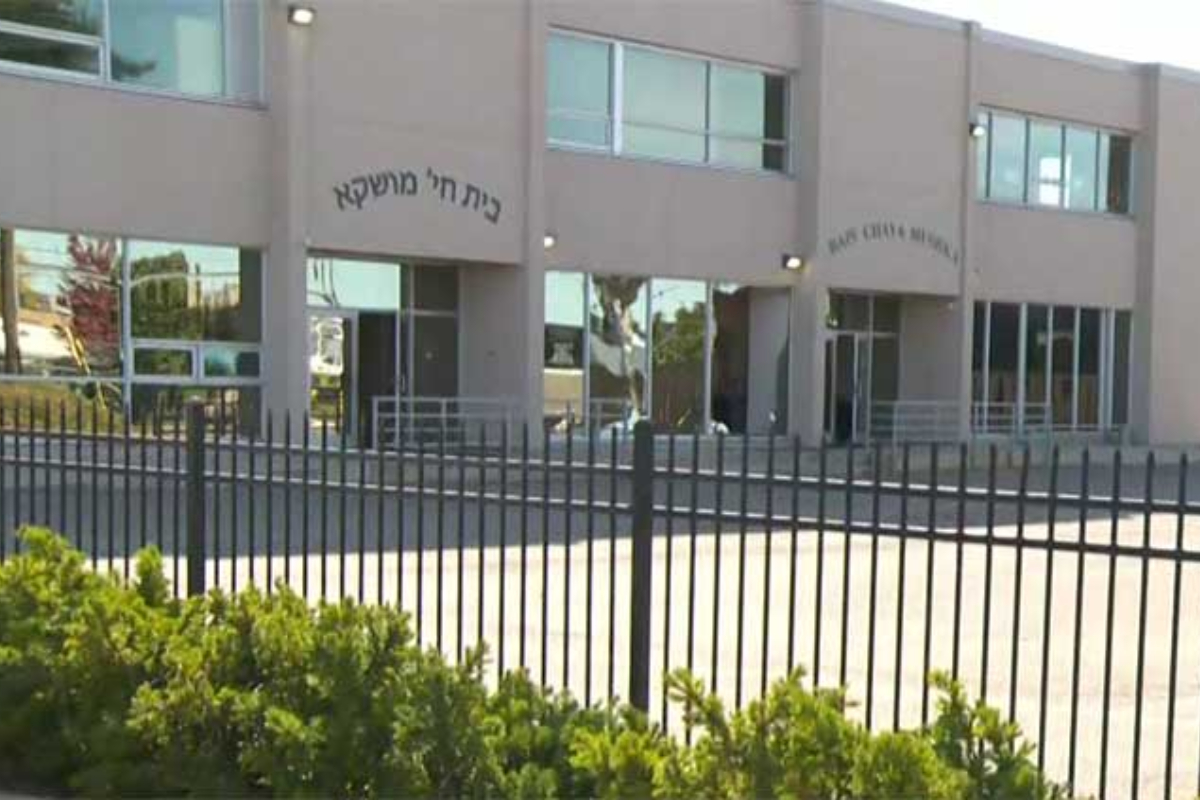- Yemen’s warring parties have extended a two-month ceasefire that was initially negotiated in April.
- There are around 30,000 individuals with life-threatening conditions who need care overseas.
- The cease-fire has permitted aircraft to take patients out of the country.
Yemen warring parties have extended a two-month ceasefire that was initially negotiated in April of this year. It was one of the first tangible moves toward peace in years, and it was really cause for joy. But time is running out for thousands of families.
While many in the world community rejoice, other Yemeni families are forced to watch their children die slowly.
According to the Houthi-controlled administration in Sanaa, there are around 30,000 individuals with life-threatening conditions who need care overseas.
Approximately 5,000 of them are youngsters. The cease-fire has permitted aircraft to take patients out of the country, although this mostly benefits families who can afford care overseas. Most cannot because of the terrible consequences of the war and the humanitarian catastrophe it generated, which was once regarded by the UN as the world’s worst.
Over the previous seven years, a Saudi-led coalition has attempted to eliminate the Iran-backed Houthis, who ousted the internationally recognized government. The conflict resulted in a multi-year fuel embargo enforced by the coalition and backed by the US.
That endorsement, as well as wider US support for the military campaign in Yemen, is being challenged in a War Powers Resolution submitted by US Senator Bernie Sanders. Yemen’s health-care institutions and economy are being crippled by the embargo, import restrictions, and excessive inflation.
Since the ceasefire was declared on April 2, the coalition has allowed just 24 of 36 fuel tankers to enter the Red Sea port of Hodeida. It was a welcome boost to the economy and the functioning of health-care institutions, but it fell short of the UN’s definition of “to support essential services.”
But, beyond the numbers, here are some of the people whose lives have been affected by this fact.
Raneem Alkhalid will be two years old in September. She was born with the condition Down syndrome.
“She is an angel sent to us. I have four other children and she — my youngest — has my heart,” says her father, Abdelrahman.
When Raneem had shortness of breath, none of Yemen’s health institutions could provide a diagnosis. Raneem’s family was fortunate enough to be able to send her to Cairo with an aunt in quest of therapy. She was diagnosed with cardiac vessel weakening, and her aunt was informed she needed a surgery to install a stent to keep them open and pumping blood.
The operation and accompanying costs totaled $10,000, and a date was scheduled for June 6. That’s where the family’s good fortune ran out. They didn’t have the money to pay, and the surgery date passed them by.
“We have lost too many children in the last seven years of war,” Yemen’s National Oncology Center’s Dr. Abdulrahman Alhadi told CNN. “They were waiting for a mercy, which never came.”
More than 300 children have died at his facility alone while waiting to fly overseas for treatment. Dr. Alhadi shared CNN a video of one of his patients, Mohammed Salman, who is five years old. Mohammed and his six-year-old brother were both advised they required stem cell transplants due to bone marrow loss caused by familial aplastic anaemia.
His brother died five months ago, before the embargo was removed in part. Mohammed is now left alone.
“There is nothing harder for parents than to feel helpless when it comes to saving their children’s lives,” Aisha Jumaan told CNN.
Jumaan’s Yemen Relief and Reconstruction Foundation, established in the United States, is one of the few groups attempting to assist families seeking treatment in other countries. However, the average cost of therapy for a youngster is $10,000. This would equate to around $50 million in total required for youngsters in need of life-saving care. Saving lives is a difficult war that can only be won with a coordinated and systematic solution to Yemen’s situation.
The bombs have stopped falling, but avoidable deaths in Yemen will continue until the embargo is removed and the war-fueled economic collapse is reversed. For the time being, music is the only thing that provides Raneem and her family pleasure.
“When I start playing the children’s songs she loves she doesn’t even notice the pain,” her father explains. “When she laughs and sings, it’s like everything around us is song. She’s an angel and I would give my life to keep her with us.”
[embedpost slug=”/a-fire-kills-10-family-members-of-a-firefighter-including-3-children/”]

